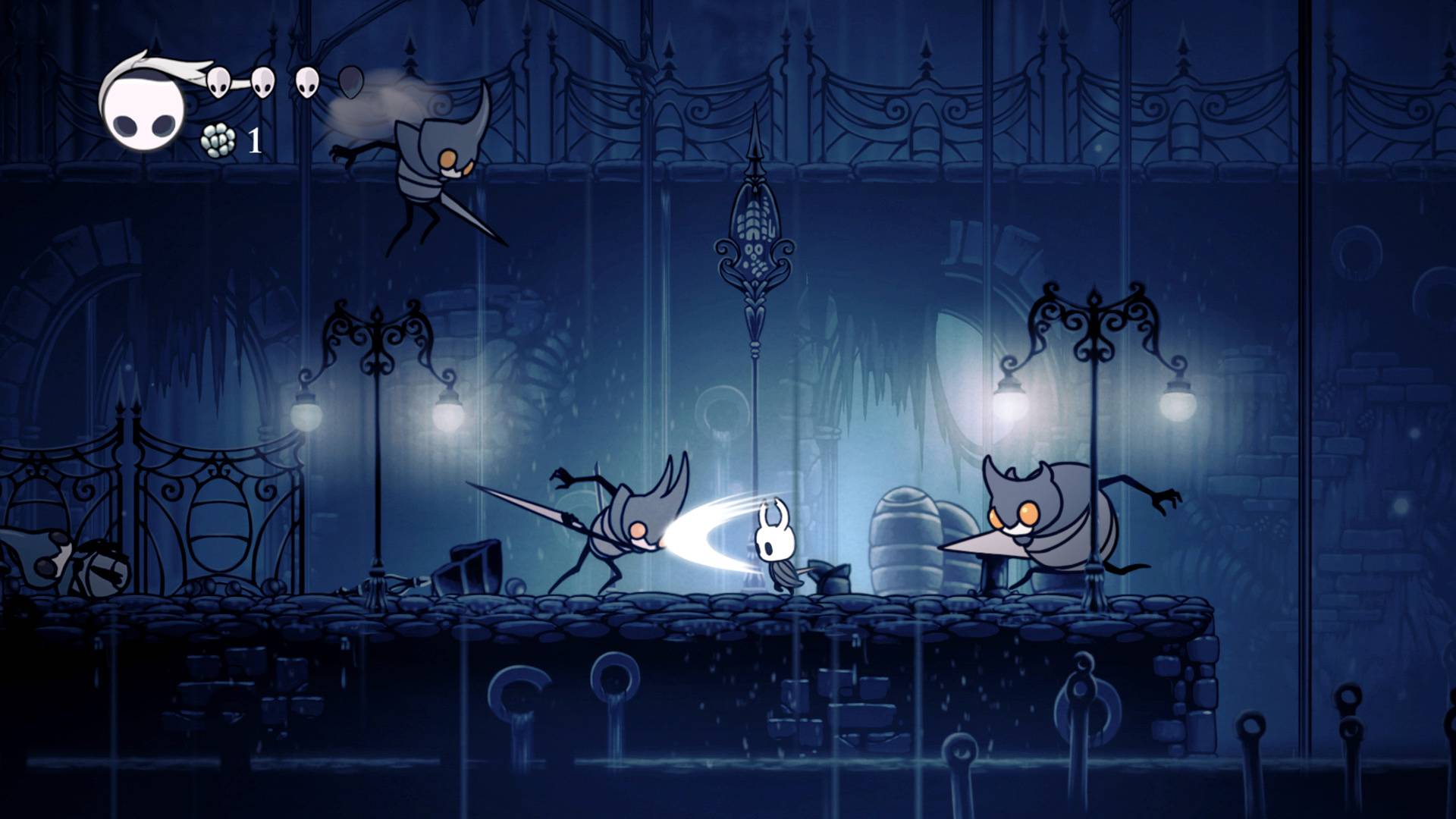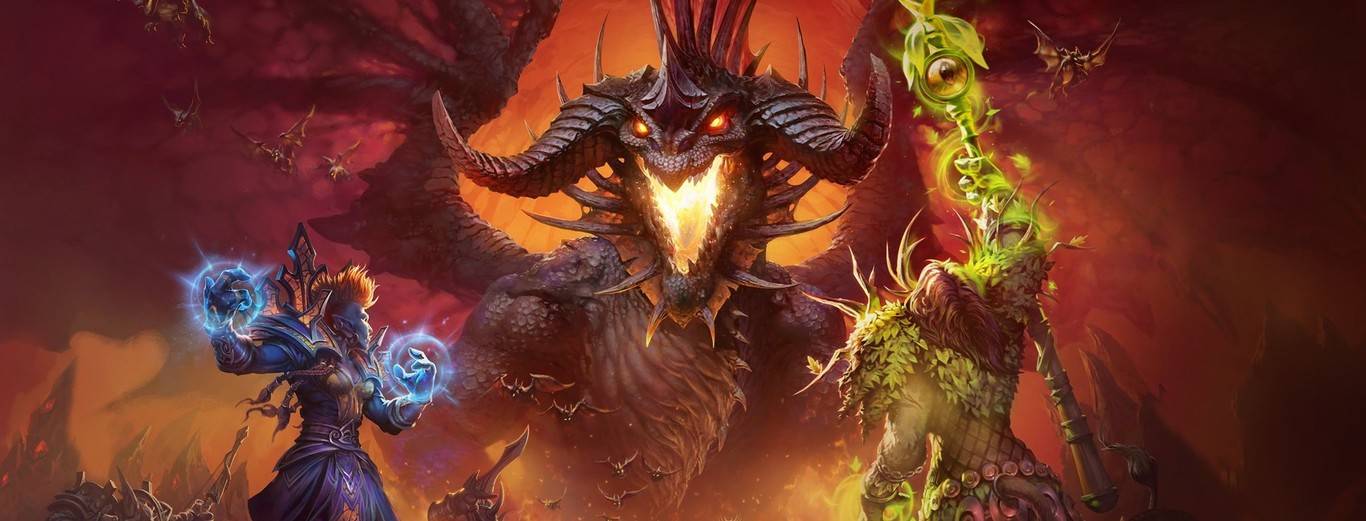What is the metroidvania genre: the example of Hollow Knight?
The metroidvania genre is one of the most beloved by videogame lovers thanks to its ability to offer deep and challenging experiences. This genre combines exploration, action and puzzle solving in an interconnected world that invites the player to discover secrets and overcome increasingly complex challenges. A perfect example of this genre is Hollow Knight, an indie game that has become a modern classic for its design, aesthetics and innovative mechanics. In this article, we will explore what characterises the metroidvania genre and the example of Hollow Knight as an exponent of this genre.
What is the metroidvania genre?
The term metroidvania comes from the combination of the names of two iconic series: Metroid and Castlevania. Although the two games had different styles in their early days, their later instalments, such as Super Metroid (1994) and Castlevania: Symphony of the Night (1997), cemented the foundations of the genre. What are its main features?
4 characteristics of the metroidvania genre
Here are some of the main characteristics that define a video game of the metroidvania genre:
1.Non-linear exploration:
These video games usually feature open, labyrinthine maps, where the player is free to explore. However, not all paths are available from the beginning; many areas are locked and the player will only be able to access them after acquiring certain skills or tools.
2. Skill-based progression:
Obtaining skills, such as double jumps, dashes or special attacks, not only improves the character's abilities, but also opens up new routes. This system of skill-based "gates" is one of the hallmarks of the genre.
3. Environmental narrative:
While many games have a main story, games in this genre excel at telling their stories through the environment, descriptions of objects and encounters with secondary characters. This invites players to interpret and discover details for themselves.
Challenges and secrets:
From boss battles to hidden areas, these types of games reward exploration and curiosity with upgrades, shortcuts and pieces of lore that enrich the experience.
Hollow Knight: a shining example of the genre
Hollow Knight, developed by Australian studio Team Cherry, is one of the modern exponents of the metroidvania genre. Released in 2017, this indie game wowed critics and gamers alike with its masterful storytelling and design, challenging gameplay and rich atmosphere. But what makes Hollow Knight so special within the genre?
An interconnected world full of life
The game takes place in Hallownest, a ruined underground realm that is full of secrets to be discovered. From the vast chasms of Deepnest to the elegant streets of City of Tears, each region has its own personality, design and distinctive enemies. This world is not only interconnected physically, but also narratively, creating a sense of coherence and depth that invites the player to explore every nook and cranny.
Visual design and music also play a crucial role. The art direction in muted tones and hand-drawn drawings, combined with the melancholic soundtrack composed by Christopher Larkin, creates an immersive atmosphere that grabs the player from the very first moment.
Knight progression and skills
Hollow Knight's protagonist, known simply as "the Knight", begins with a basic set of moves and skills. However, as the game progresses, the Knight can acquire a number of upgrades, such as dash, double jump or even offensive powers like spells and charged attacks. These abilities are not only essential for combat, but also for accessing new areas of the map.
This progression is perfectly integrated into the game's design, as each new skill unlocks previously inaccessible paths, encouraging you to return to areas you have already explored. The sense of discovery and progression is constant, keeping the player engaged throughout the adventure.
Challenging and satisfying combat
Combat in Hollow Knight is simple at its core, but offers great depth. The Knight has one main weapon, the "Nail", which can be upgraded to deal more damage, as well as a number of spells and special moves.
The game is notable for its difficulty, especially in boss fights. Each fight requires patience, skill and learning; enemy attack patterns must be carefully studied to find the perfect moment to attack or defend. This learning curve makes each victory incredibly satisfying.
Ambient and mysterious narrative
Instead of telling its story straightforwardly, Hollow Knight uses environmental narrative to build its world and lore. Hallownest is filled with mysterious characters, inscriptions and artefacts that give clues to its past. Players who take the time to explore and connect the pieces will discover a complex and deep story about corruption, sacrifice and redemption.
This narrative approach allows each player to experience the game in their own unique way, deciding how much or how little they wish to engage with the story.
Secrets and replayability
Hollow Knight rewards curious players with an impressive amount of secrets, hidden areas and optional content. From sub-bosses to hidden upgrades, there is always something new to discover, even after dozens of hours of gameplay. In addition, the game features multiple endings, increasing replayability and allowing players to explore different narrative paths.
The legacy of Hollow Knight and the metroidvania genre
The success of Hollow Knight has reaffirmed the relevance of the metroidvania genre in the modern video game industry. With its thoughtful design and attention to detail, the game has inspired many independent developers to create their own interpretations of the genre.
Furthermore, the impact of Hollow Knight has been so great that fans are eagerly awaiting the announced sequel, Hollow Knight: Silksong, which promises to expand and improve upon everything that made the first game an instant classic.
Study a Bachelor's Degree in Game Design at UDIT
Want to learn how to create video games in this genre? UDIT's Bachelor's Degree in Design and Development of Video Games and Virtual Environments is for you.
You will be trained at the leading university in higher education in Video Game Design and Development, being the first to offer the official degree and a fundamental part of the video game sector .
UDIT is an associated centre of PlayStation Talents Academy, member of DEV (Spanish Video Game Development) and AEVI (Spanish Video Game Association), founding partner of the Madrid Video Game Cluster, Unreal Academic Partners and sponsors of the Spanish eSports team FEJUVES.
Our curriculum is the only one that incorporates three mentions: Art, Design and Programming, being able to choose the area in which you will specialise within the video game industry. From the second year onwards, you will decide in which area you will specialise, going in depth during the following years to build your professional profile.
Our learning by doing method works: our students have won more than 76 awards in prestigious competitions such as PlayStation Awards, Fun&Serious, Indie Developer Burger Awards, Game Daily Connect USA, HackSTEM, IMGA, Jam Madrid Crea, Hack for Good, among others.
Our classrooms have trained students such as Álvaro Zabala, Character Artist at BLUR; Juan Antonio Sánchez, Gameplay Designer at CD Projectk RED; Álvaro Fernández, IA Programmer at UBISOFT; Sara Tardón Sellés, 3D Artist at Crema Games or Joaquín Serrano Lanzarote, QA Tester at Mercurysteam, among many others.
At the University of Design, Innovation and Technology you can live unique experiences and develop your talent by participating in masterclasses and workshops with professionals and companies from the sector, events and fairs such as Gamergy, Jam Madrid Crea, NY Games for Change, GameLab, Hack for Good, etc.
https://www.youtube.com/watch?v=dWx6dhvfp68
Do you want more information about our Video Game Design and Development offer? At UDIT we offer specialised programmes that will help you become a successful professional.Contact us and discover everything we can offer you!
Find out more
What bachelor's degree do you need to study video game design?
How do you create a video game?
Innovation and creativity in video game design: the use of AI









